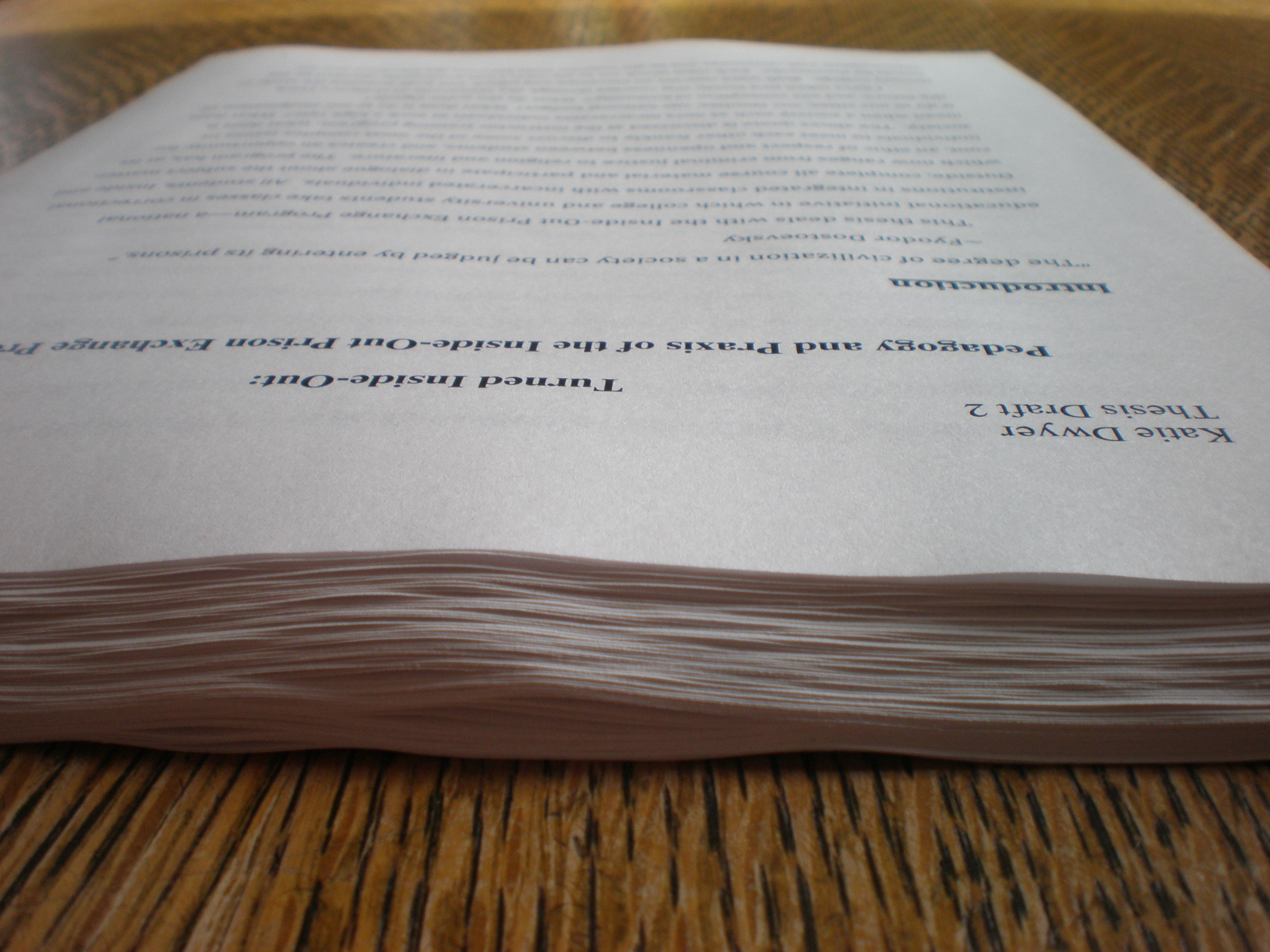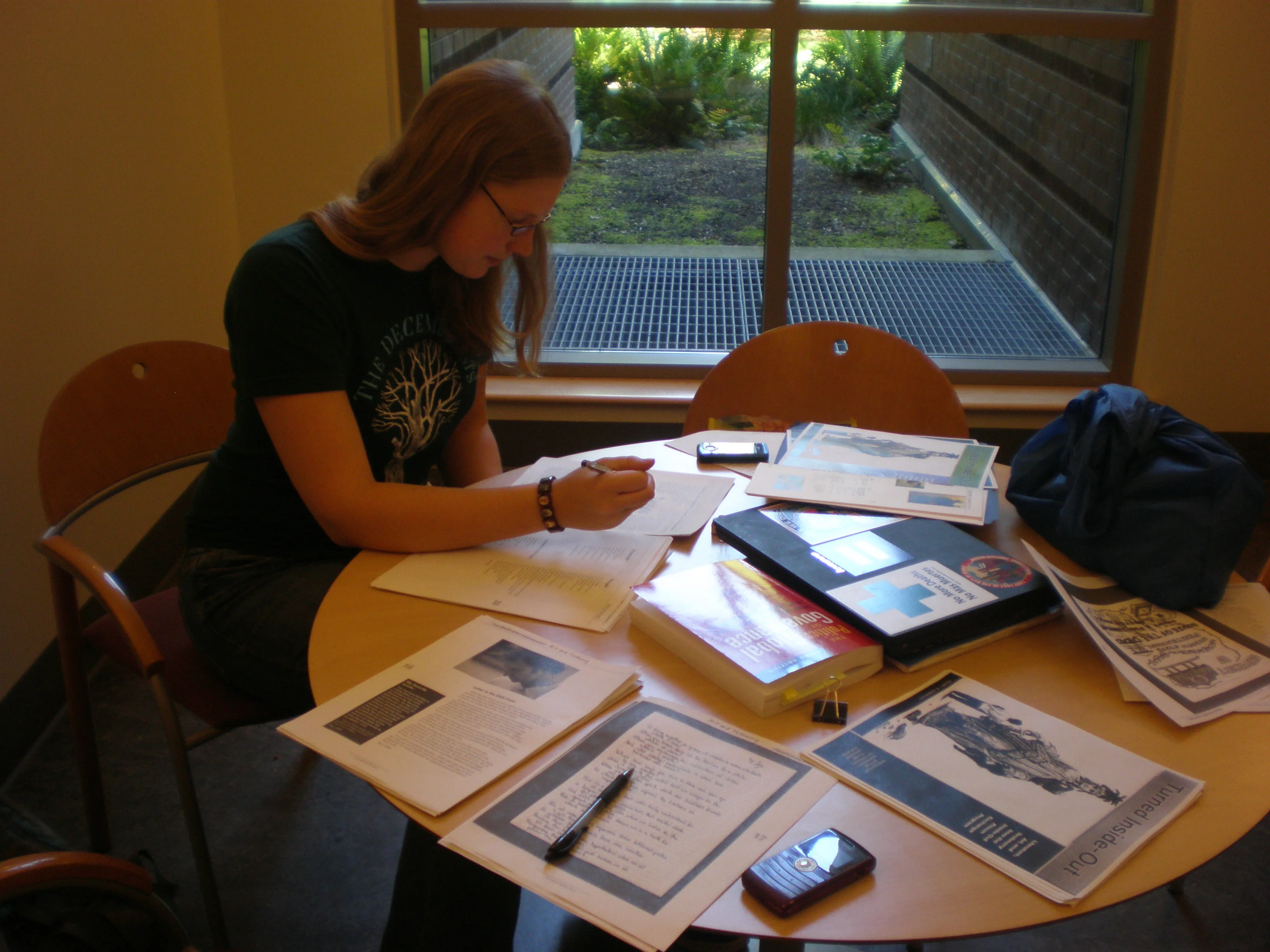Essay writing tips: the five-paragraph essay
/The five-paragraph essay is the foundational structure for all academic writing in the US tradition. I learned this structure in high school, but didn’t appreciate it until well into college, when I was using the same approach to tackle 20+ page essays. It’s simple, effective, and makes the point you’re trying to convey.
The five-paragraph essay:
- Intro
- Point One
- Point Two
- Point Three
- Conclusion
This is a good moment for a caveat: I hate outlines. I always have. About the time I was learning the five-paragraph essay I was also deciding that I was a poet, and that as such I should be allowed to come to my conclusions in an artistic and naturalistic fashion. At least twice in high school we had assignments that involved turning in outlines and drafts along with our final essays. I wrote the essay first, then went and added errors for the early draft, and wrote the outline from there. This is not the recommended approach. Outlines, or some kind of plan, are our friends. You can still have the soul of a poet and be required to write a 20 page research paper, or a concise lab report or legal brief or whatever else school throws your way. Write the outline.
The simplest distillation of the whole process is:
- Tell us what you’re going to tell us.
- Tell us.
- Tell us what you told us.
So. Here’s how you write the five-paragraph essay: the foundation of academic writing.
Intro
In the introduction, you introduce your topic. Start with something catchy. A quote works well for this. Explain why what you’re writing is important: where it fits within literature or history; how it represented change or innovation; how it influenced future events. If you’re being asked to write about something, you’ve probably got a topic of some relevance. If not, check out how the comic artist The Oatmeal made an odyssey of his artistic essay about mantis shrimp. Anything can be made to be interesting and dynamic.
Then, in the last sentence of your introduction, tell us what you’re going to tell us. Give the three main points. Lay it all out there and we’ll be prepared when you launch into the meat of your essay.
Paragraph Two
Make your first point. Bring in a couple of quotes to prove what you’re saying. Provide two or three supporting pieces of information. Don’t get off topic. Write only about how this particular point supports your overall topic. Be succinct. Be thorough.
Paragraph Three
Link your second point to the first. Try starting this paragraph with a words like “secondly” or “in addition.” Make sure your second point is different than the first, but builds on your argument. Make two or three points, use a quotation or two. Be clear.
Paragraph Four
Link to your previous points, and prepare for the conclusion. Be clear, be concise. Use additional quotes to prove your point.
Conclusion
Wrap it up. Remind us what the whole point was in the first place, then remind us how important it is. Link your essay to some broader cultural or historical reality. Give some context and some flare. Prove what you set out to prove, and then give us a clear signal that your essay is finished and we can return to our previously scheduled lives.
One way to approach the writing process is to fill in this basic outline:
My topic is:
Because:
It is also important because:
Another reason is:
Conclusion:
If you are making an argument in your essay, then the three middle paragraphs are large supporting pieces of evidence. If the essay is descriptive, then the three supporting points have to do with elaborating on the subject.
The five paragraph essay is the foundation of all academic projects I have ever undertaken. For longer projects, the supporting points become sections, and those sections are written with their own five-paragraph style. For a thesis, each chapter is re-subdivided, and supporting points each lead back to the topic of the section, which supports the purpose of the chapter.
This formula allows for a clear and concise argument. It is the key to academic writing. If you can name your topic, provide your three key points, and explain why the subject is important, than you’ve got yourself an essay. In fact, you’ve got yourself an argument of any kind—this is the same basic format for speech writing and even journalism projects. The five-paragraph essay I resented and suffered through as a 16 year old in English class was what allowed me to finish my 62 page Human Rights Law thesis.
Get these essay basics right, and you've cracked the code to the academic system.
Happy writing, everyone!
NOTE: If you enjoyed this post, you might also like "Essay Writing Tips: Preparation" and my advice on making peer editing work for you: "Peer Editing--For the Editor."
Do you use a formula for your writing? Do you enjoy outlining? Were you taught the five-paragraph essay? How do you approach longer essay projects? Let me know in the comments here.




















